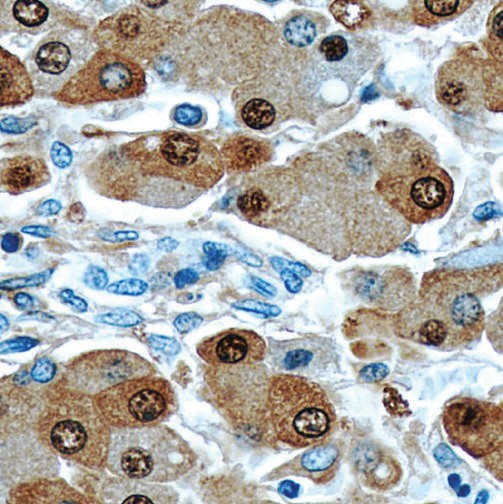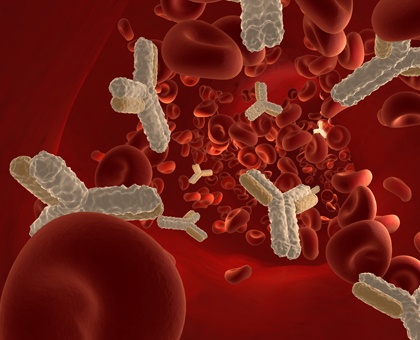Aside from its significant role in the natural world, fluorescence is also hard at work in biotechnology and the life sciences. In fact, fluorescent dyes are being widely used in numerous applications such as flow cytometry, immunofluorescence, Western blotting, and DNA electrophoresis. Just how important are these dyes and how do you choose one that best suits your application? Here are some things you need to know to help you make the right decision.
A Quick Guide to Choosing Fluorescent Dyes for Protein Labeling
Topics: Protein Labeling
Specificity of Immunostaining methods: How to choose a control?
Immunocytochemistry is one of the most commonly used methods for protein localization in the cells or tissues using specific antibodies. The overall credibility of the results from Immunocytochemistry depends on two factors:
Topics: Protein Labeling, Teaching Biotechnology, Cytology & Histology
When it comes to labeling your antibodies for downstream application requiring signal detection, you have two choices. You can either go for the direct approach or the indirect approach. How do you know which method to use? Here are some things you need to know to make sure you pick the right method for the intended application.
Topics: Antibody Production, Protein Labeling
The Advantages of Biotinylation Tagging in Protein Purification
Biotinylation, also known as biotin tagging/labeling, is the process of attaching biotin to a protein molecule and other macromolecules. Considering its high affinity to avidin and streptavidin (with a dissociation constant of around 10 -15 M, biotin-avidin/streptavidin interaction is one of the strongest non-covalent interactions existing in nature), its high specificity and fast on-rate, this technique is perfectly suited for isolating and purifying proteins and protein complexes, as well as identifying protein-protein interactions and post-translational events.
Topics: Protein Labeling







